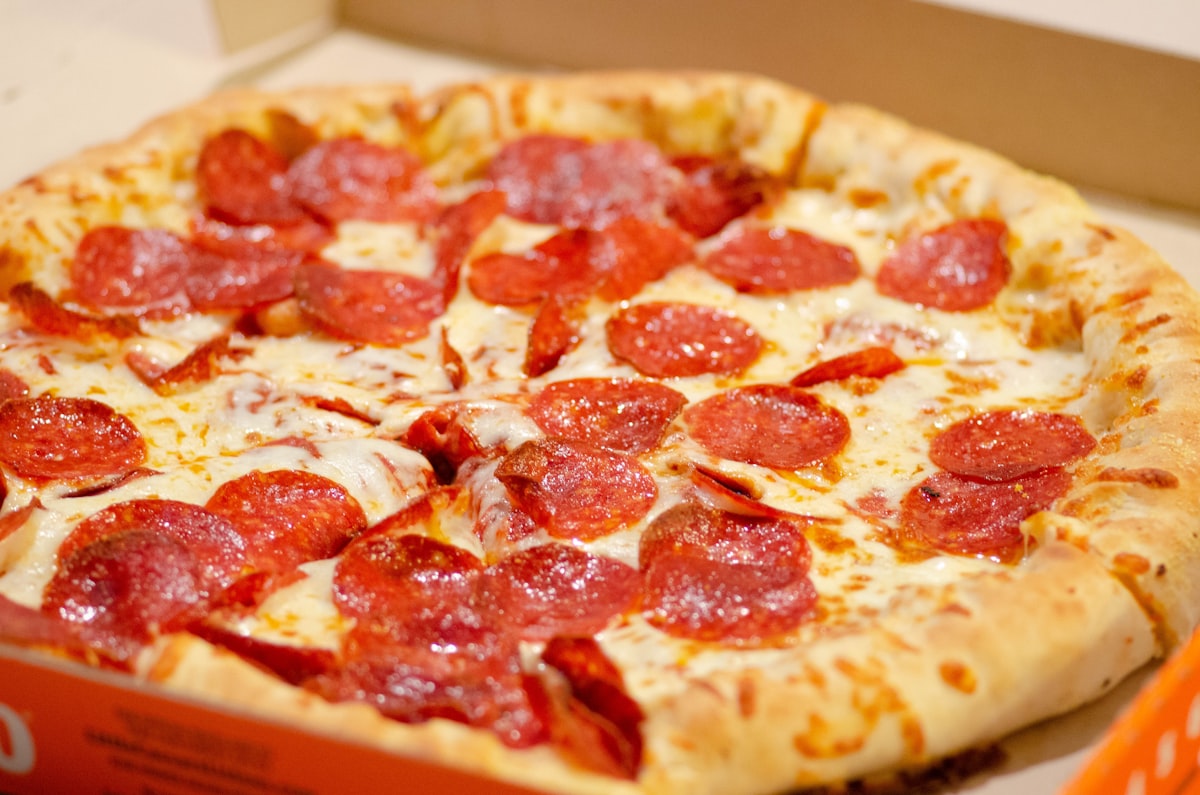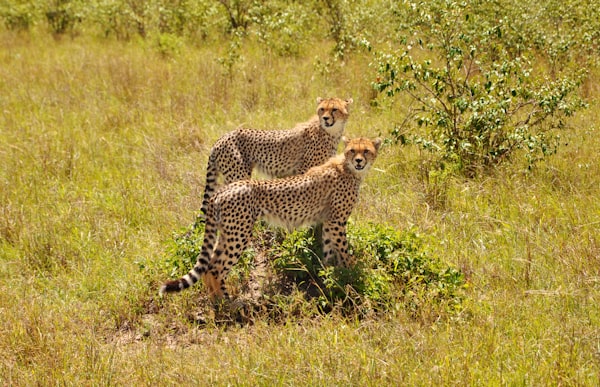The Digestive System

The digestive system is the system in our bodies that helps us consume what is good in food and get rid of the rest. This system is made up of ten organs:
- The mouth is used for chewing food and softening it down with saliva. The saliva starts the digestion process even before the food enters the stomach.
- The esophagus is in your throat. It acts like a pipe that transfers food from the mouth to the stomach. The food is moved with a series of contractions of muscles in the esophagus.
- The stomach is like a container that holds the food until it is mixed with enzymes that help break it down.
- The small intestine is twenty-two feet long and uses pancreas and bile from the liver to break down food.
- The pancreas emits enzymes in the first section of the small intestine that breaks down food.
- The liver's role in the digestive system is to process nutrients and to give bile to the small intestine for breaking down food.
- The gallbladder is used to store and concentrate (make stronger) bile.
- The colon is used in the digestive system for processing waste that results from the food being sucked of all its nutrients.
- The rectum is a like a tube that connects the colon and the anus.
- The anus is a two-inch-long canal that uses muscles to push waste out of the body.
Lining the stomach, many cells can be found that help it in different ways. There are three main types of these cells:
- Surface mucous cells act like a protection for the stomach. They secrete a thick layer of mucus that covers the stomach lining and protects it from the digestive juices.
- Parietal cells secrete hydrochloric acid, which helps break down food. This acid also kills many of the bad bacteria.
- Chief cells secrete digestive enzymes that help break down food.




